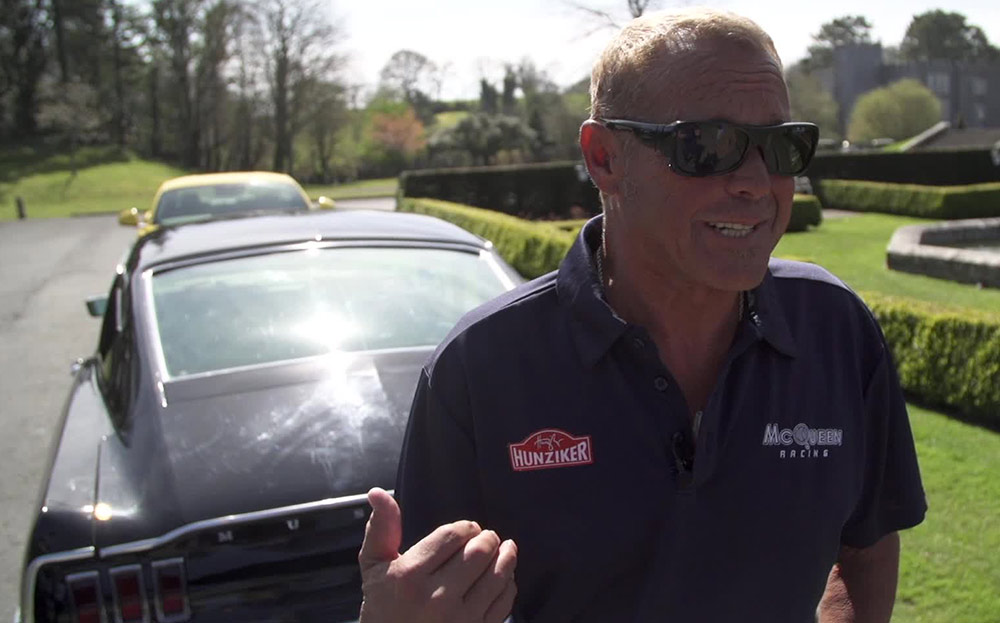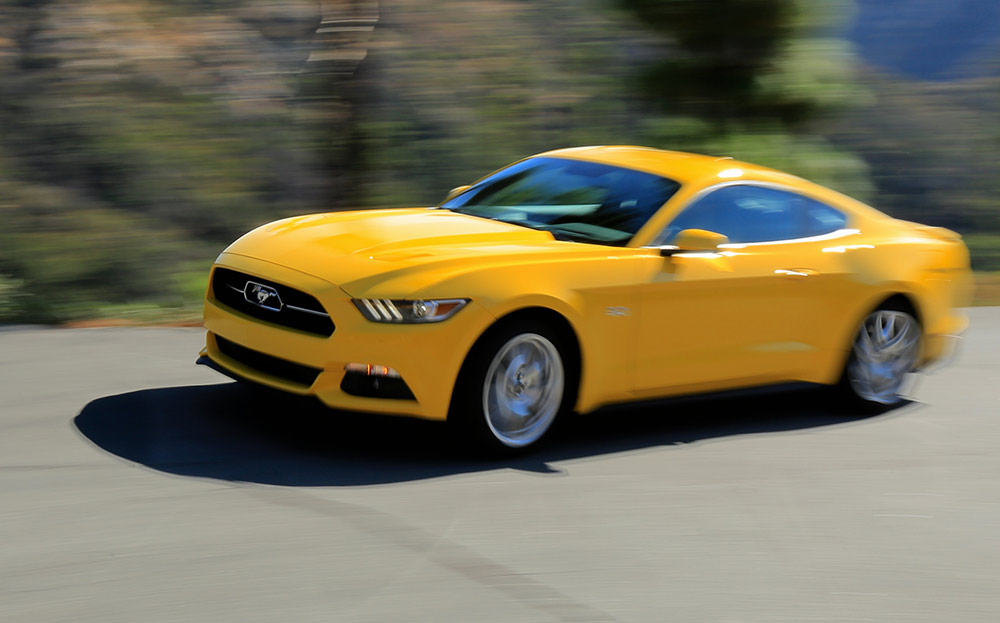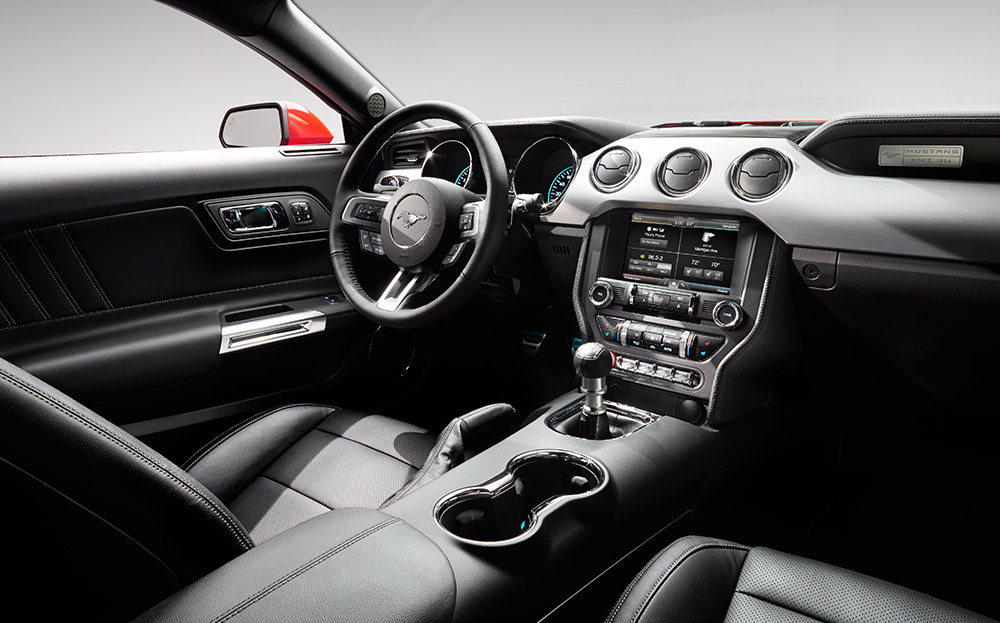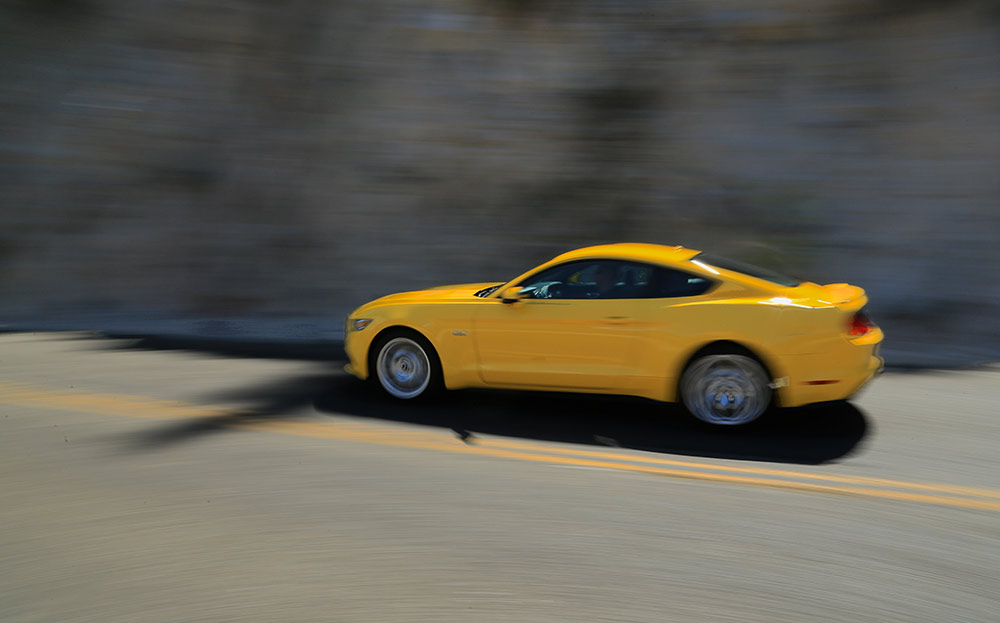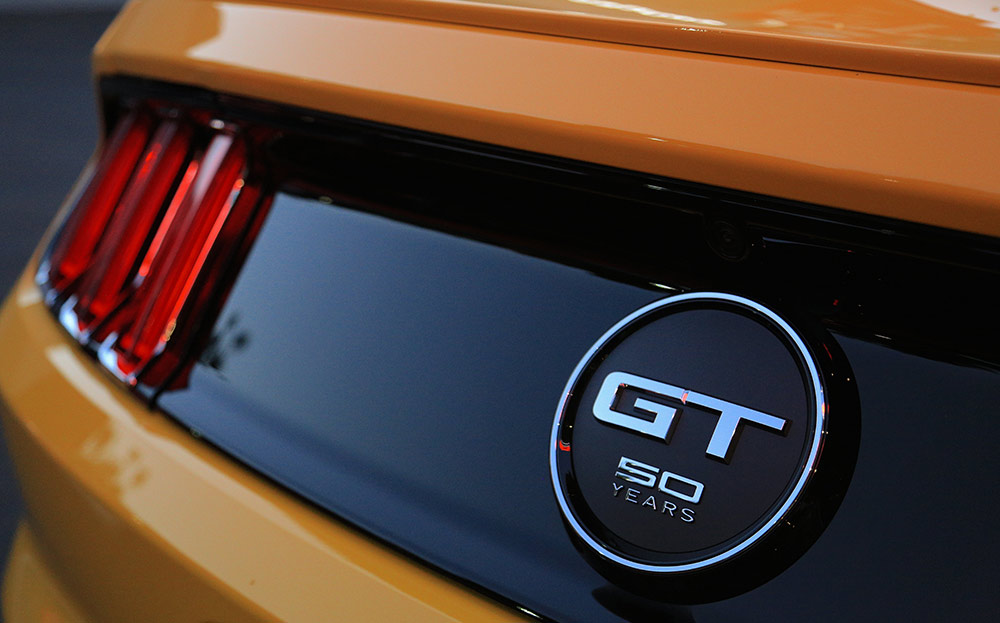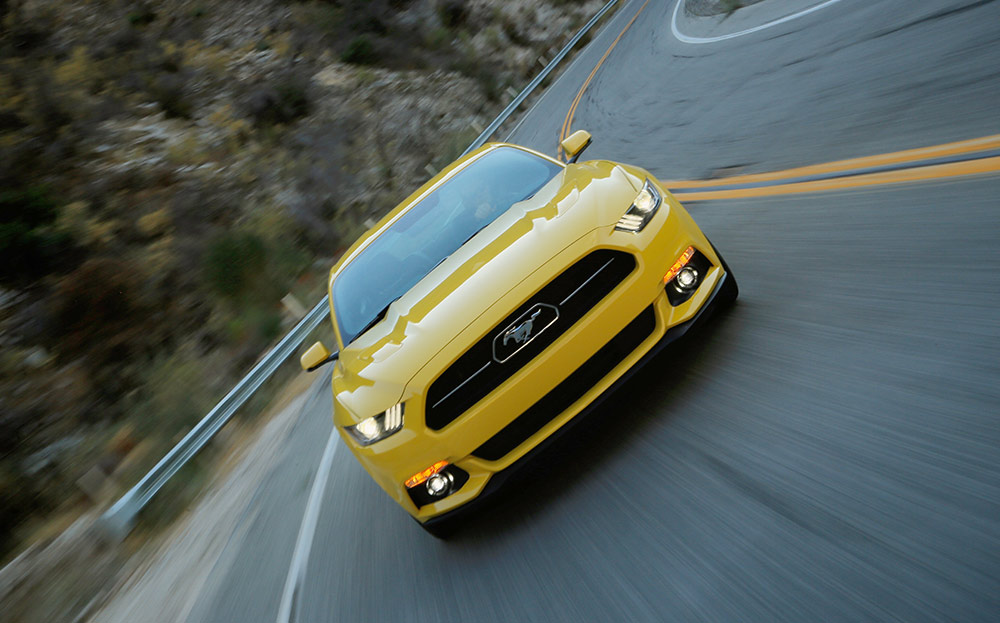Chad McQueen and Ford Mustang GT: faster than a speeding Bullitt (video)
Supersize burger and fries hits the spot for McQueen
REMEMBER the scene in Bullitt when Steve McQueen in a Ford Mustang pursues a pair of baddies in a Dodge Charger through the precipitous streets and rolling hills of San Francisco? In internet polls it is still rated the most exciting car chase ever filmed, despite being nearly 50 years old. The speeds were real and there was no CGI — just lots of clashing metal, a soundtrack of squealing tyres and howling V8 engines and a huge cinematic fireball at the end.
Other cars of the era, such as the Mercury Cougar and Ford Fairlane, went to the scrapyard decades ago. By rights the Mustang should have joined them, and if not for Bullitt, perhaps it would have. After the 1970s oil crisis, the car lost its mojo and became for a while just another soulless American “compact”.
Thankfully, last year someone at Ford finally woke up to the enduring and international appeal of the film and its star. The Mustang was given a complete overhaul, with — for the first time — a right-hand-drive option, proper suspension and a 5-litre V8 engine that actually starts.
Browse NEW or USED cars for sale on driving.co.uk
Thank goodness, because this latest version is not just a good Mustang. It’s a good car. No longer does it steer like an old mattress: it goes round corners with the back wheels following the front. Ford has ditched what the Americans call the live rear axle (a solid axle to which both wheels are attached) and fitted European-style independent rear suspension that gives the tyres better traction on potholed roads.
For the true Mustang experience, there can be no other choice than the 5.0 V8 GT fastback (that’s a coupé to you and me) with a “stick shift” — a manual gearbox that calls on the driver to roll up their sleeves and get involved. When you put your foot down, the engine note is a supersize-burger-and-fries experience in a world of diet sports cars.
There is no talk of downsizing or turbochargers here; just 5 litres of fuel and air being mixed, squashed and ignited to create a deep, menacing burble. It’s enough to rekindle memories of the Bullitt car, the GT 390 fastback — although McQueen admitted that the car’s sound in the film was taken from a Ford GT40.
Of course, you can settle for the auto version of the modern Mustang — it costs £1,500 more than the manual. It’s by no means scrappy, and for relaxed driving, especially in traffic, it’s probably better.
But as well as giving you the chance to wear a “Save the stick shift” bumper sticker with pride, the manual allows you to practice heel-and-toe downshifts, or even double-declutch upshifts — the tell-tale technique that gave away the fact that the noise from the Bullitt Mustang was wrong. And with every tunnel comes the opportunity to play with the gears and engine for acoustic fun that an automatic won’t deliver.
“This car has Race mode. . . It gets rid of traction control — I don’t know about all the way, but enough to light up the rear end.”
From a deserted junction, you can switch off traction control, rev the engine and drop the clutch to perform wonderfully childish smoky getaways, something the automatic won’t allow either.
That said, both cars come with a feature that Ford calls Line Lock. It’s possibly the naughtiest thing to be fitted to a new car in decades, in effect locking the front brakes but leaving the back wheels free, so drivers can perform burnouts that release a small mushroom cloud of smoke.
To put the car through its paces, I ride shotgun with Chad McQueen, the son of the man who made it famous. He takes the wheel, steering it expertly through a winding stretch of rural Ireland. “With this car you have got the big V8, the 5-litre V8, and the thing I love is, while everything has gone to paddle shifters now, and kids these days don’t know how to use a manual box, the gearbox in this car is phenomenal — short snicks into every gear.”
Chad McQueen’s motor racing career ended a decade ago in a near-fatal crash in the Daytona 24 Hours.
“I hit the back wall of Daytona and got pretty messed up and was in a coma for 3½ weeks and broke just about everything in my body. I had one lung — I had punctured a lung. I broke all these ribs. But my wife was there and made sure they did experimental surgery because I had bleeding on the brain. She knew I’d rather be dead than paralysed, and thank God I’m not.”
A bit like the Mustang, McQueen was restored (“I knew I was better when my kids started treating me like rubbish all over again”), and today he’s raring to go.
“This car has what they call Race mode, and it just puts the car on a knife edge and makes it fun to drive. It gets rid of TC [traction control] — I don’t know about all the way, but enough to get the car sideways, or light up the rear end. You have enough room in the back for two young kids. So I’m just lucky to drive it. I’d never driven the new GT until I got here, and I’m highly impressed.”
The car is testimony to how far automotive technology has progressed since McQueen Sr’s day. The ’68 Mustang produced 321bhp from a 6.4-litre V8 block and could hit 130mph. The new version, with 410bhp from a 5-litre engine, will comfortably reach 155mph.
What’s less clear is the difference between the manual version of the modern 5-litre and its auto counterpart. Ford is coy about the figures. Is there a performance difference? You’d need a stopwatch to tell. Is there an emotional difference? Definitely.


